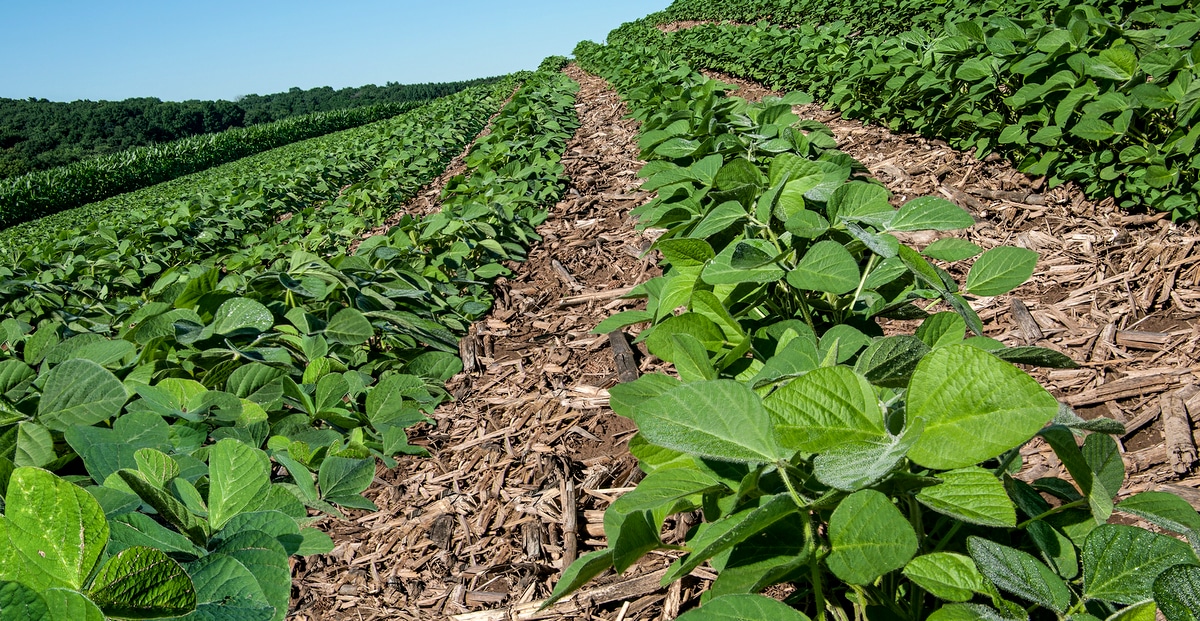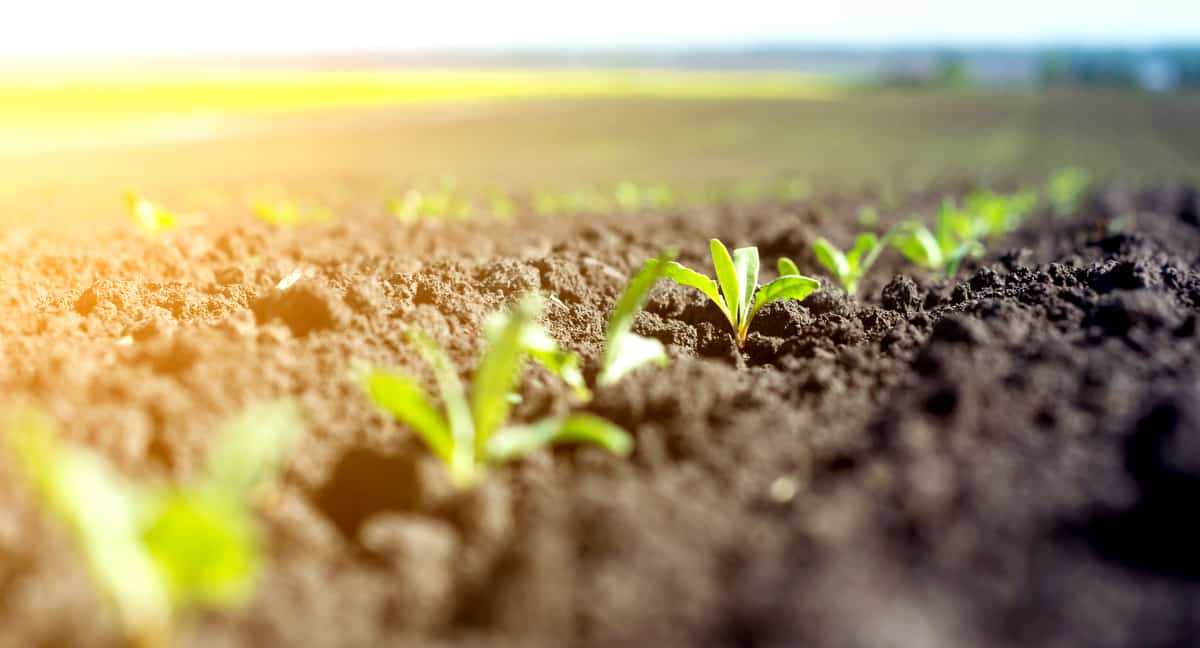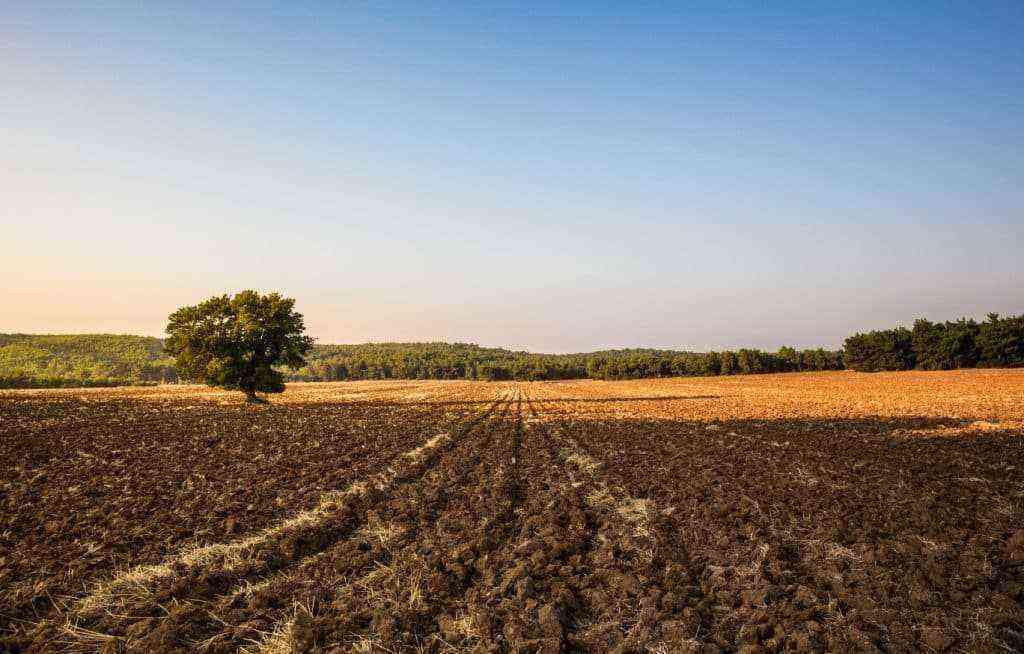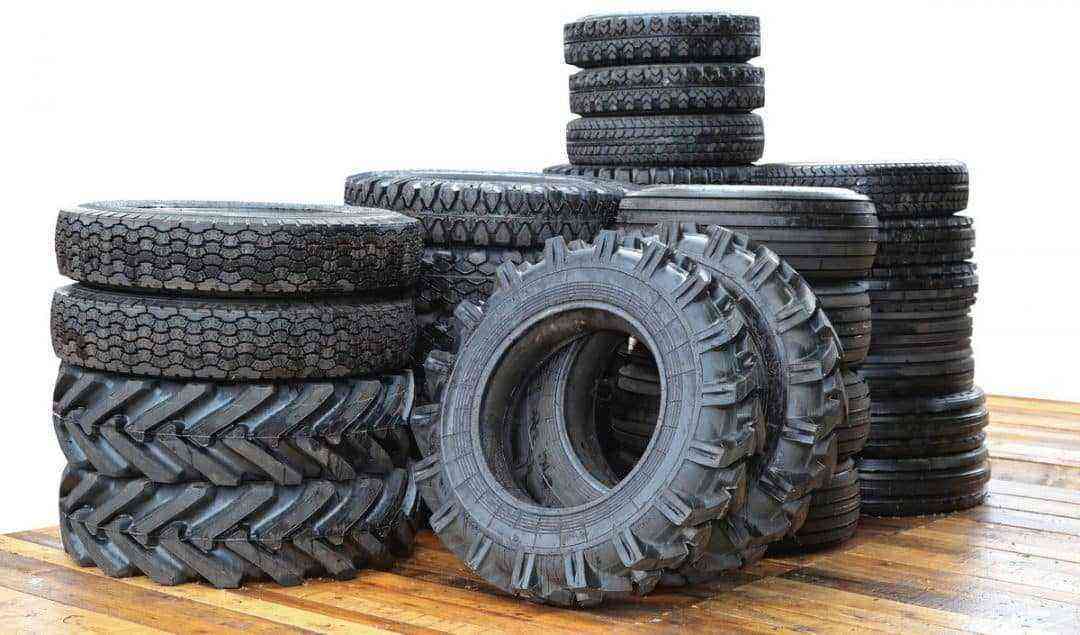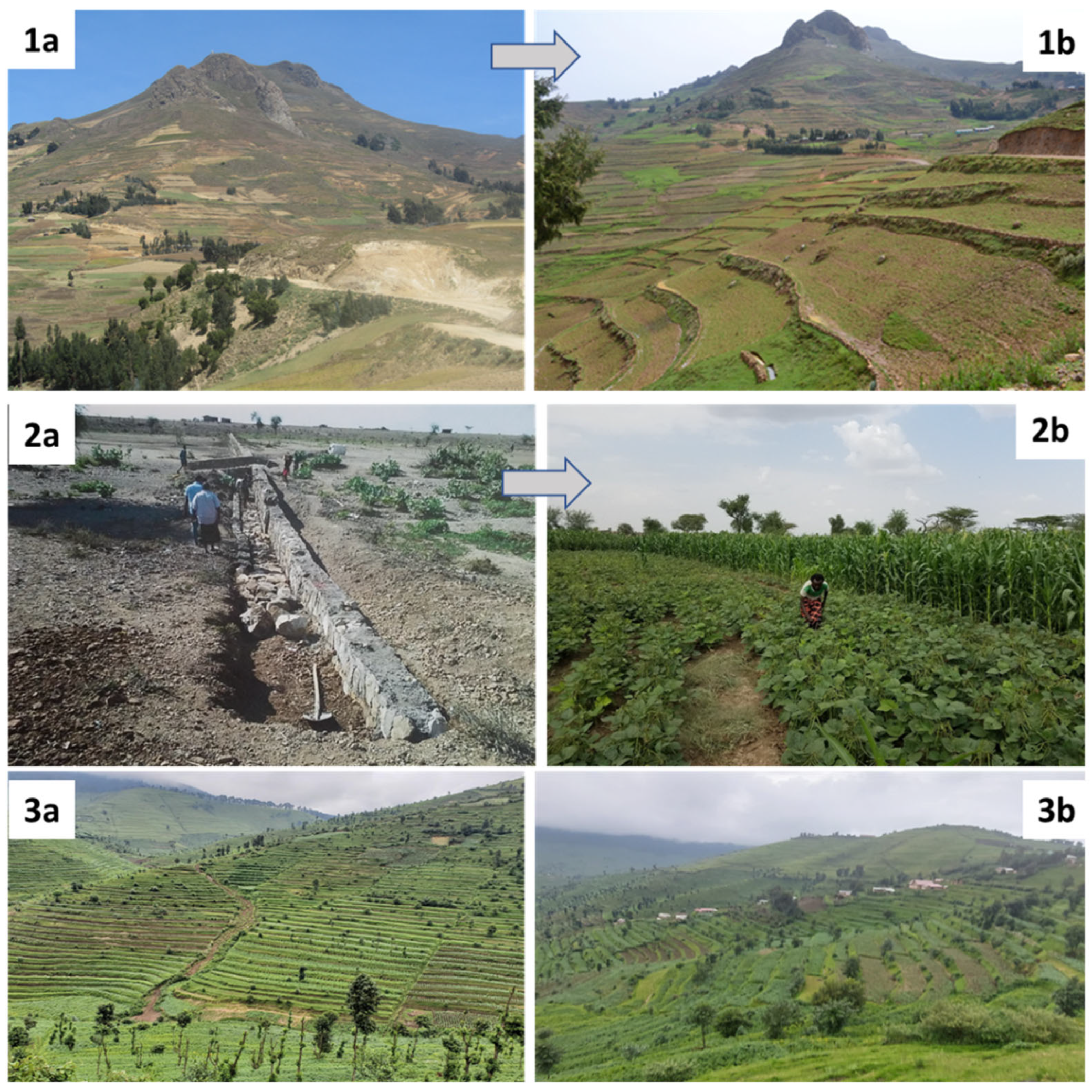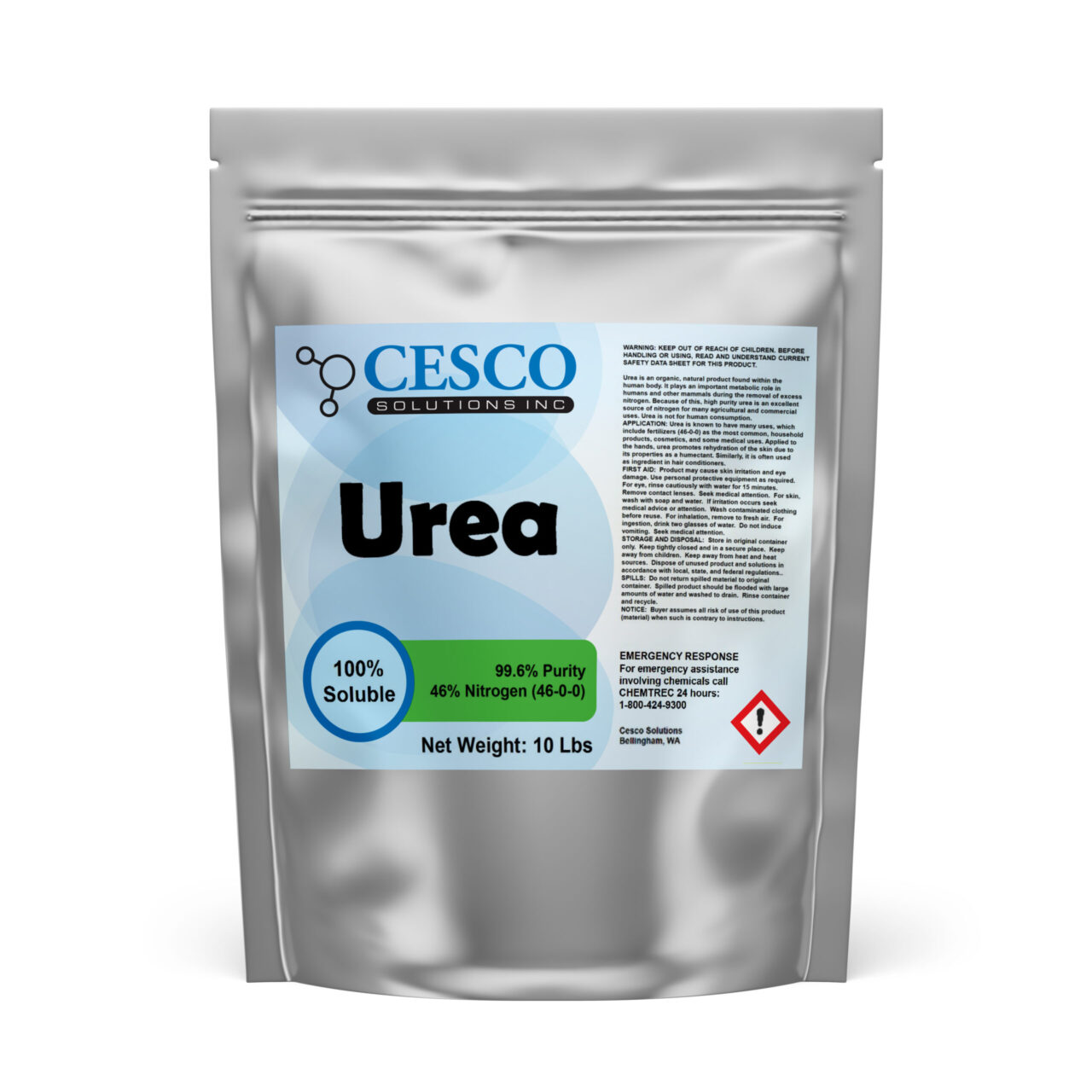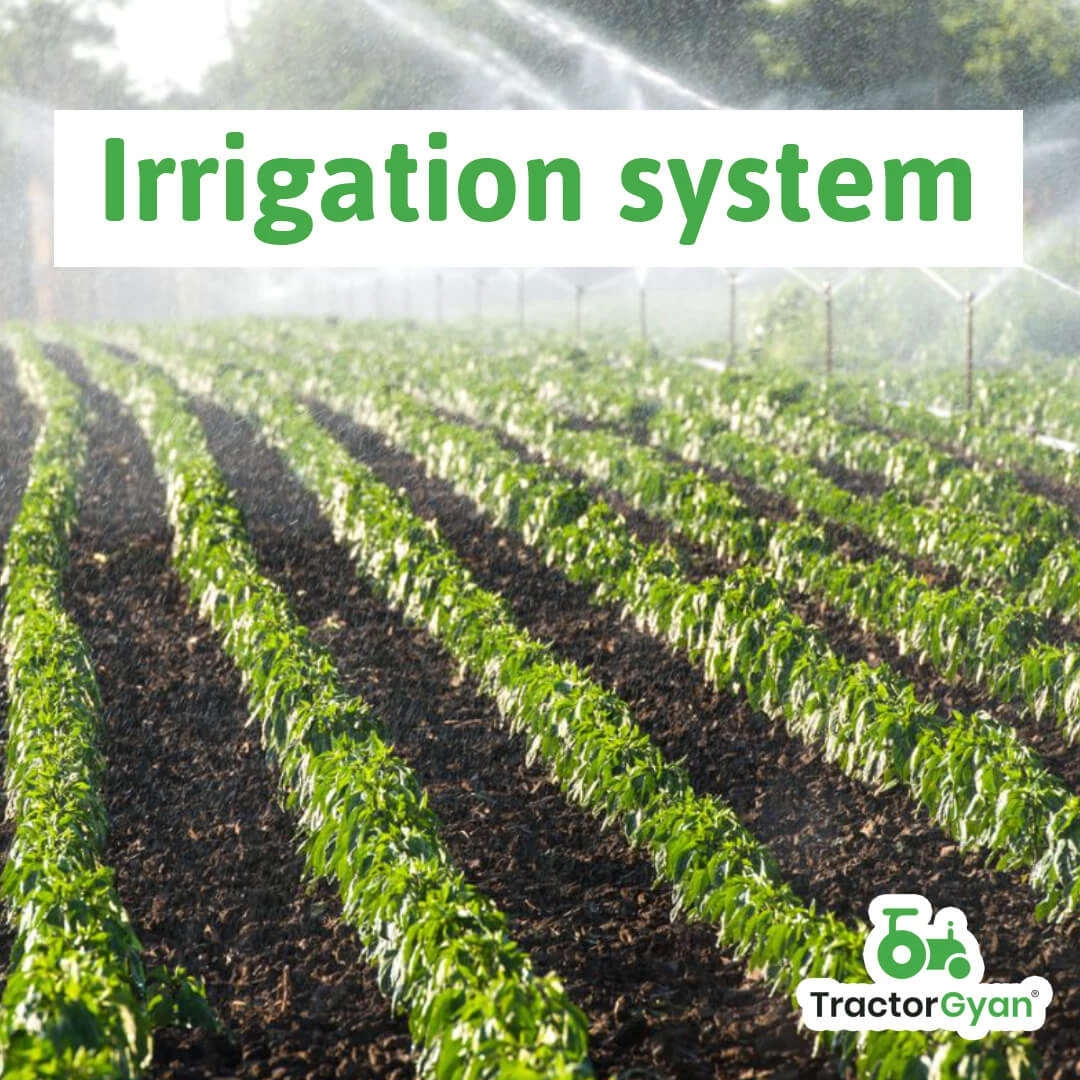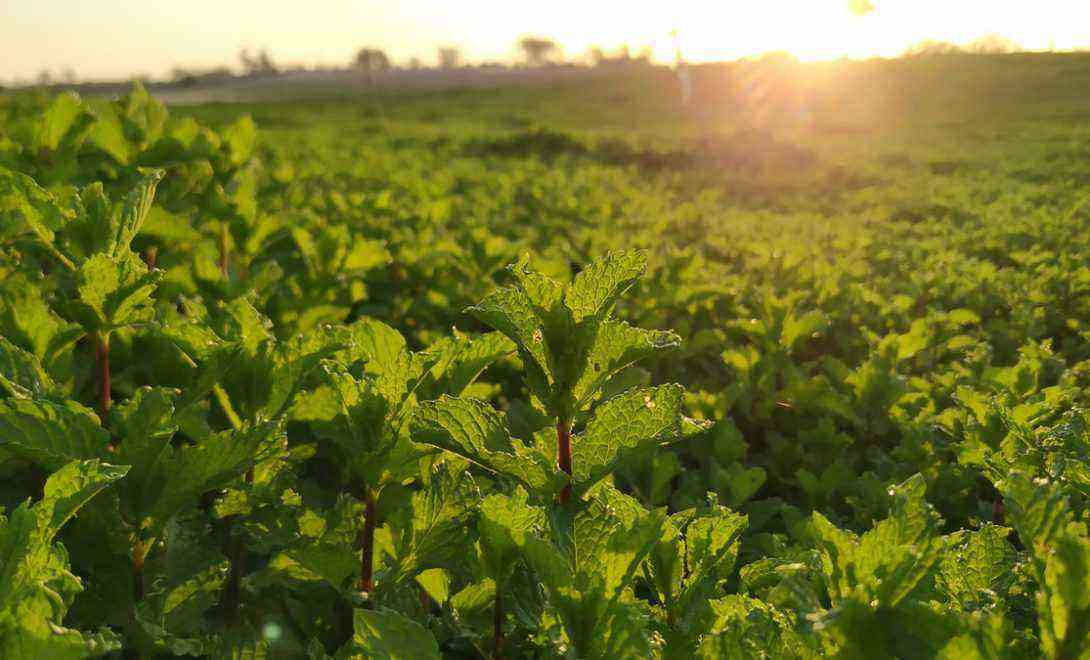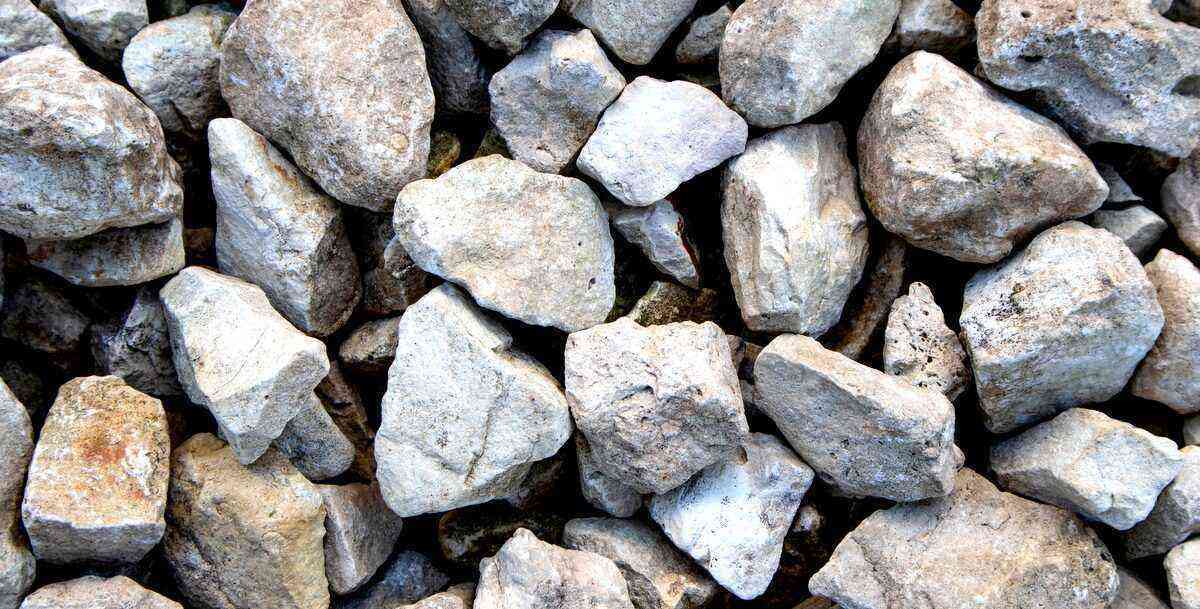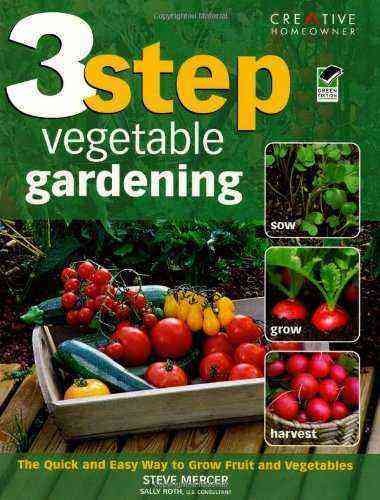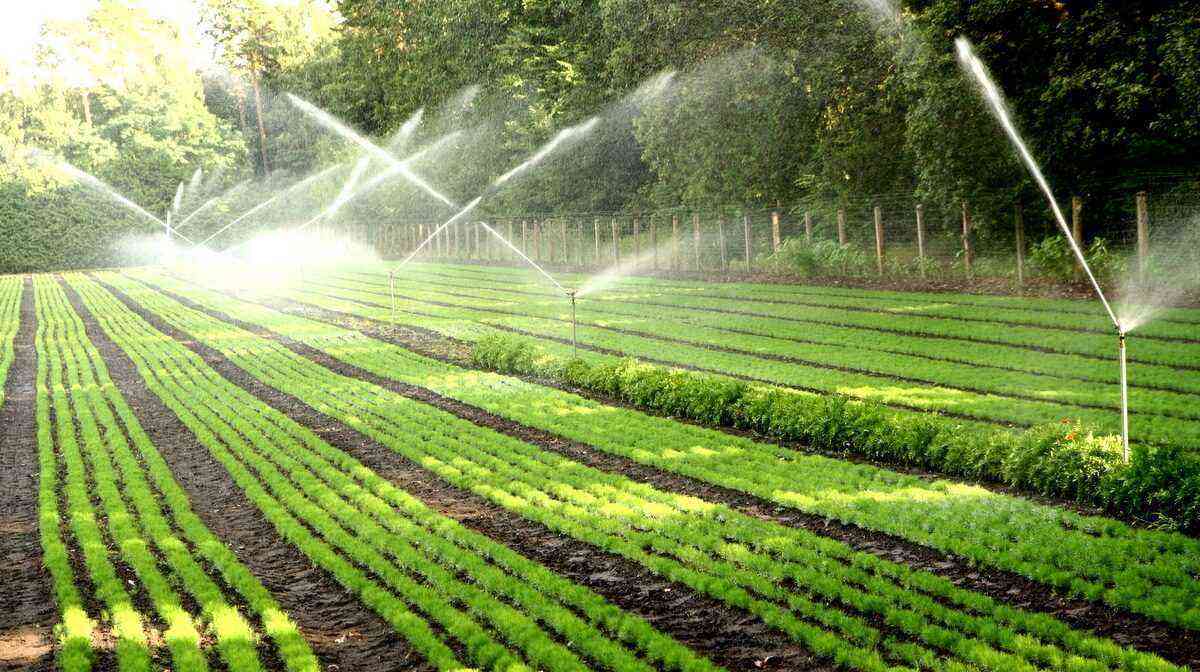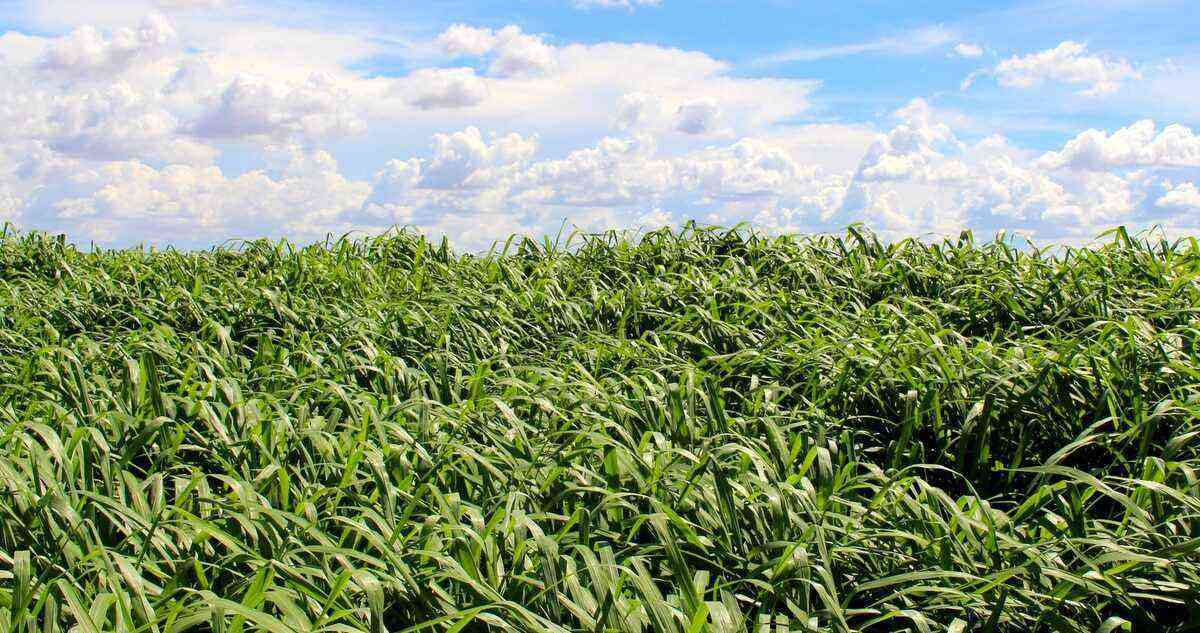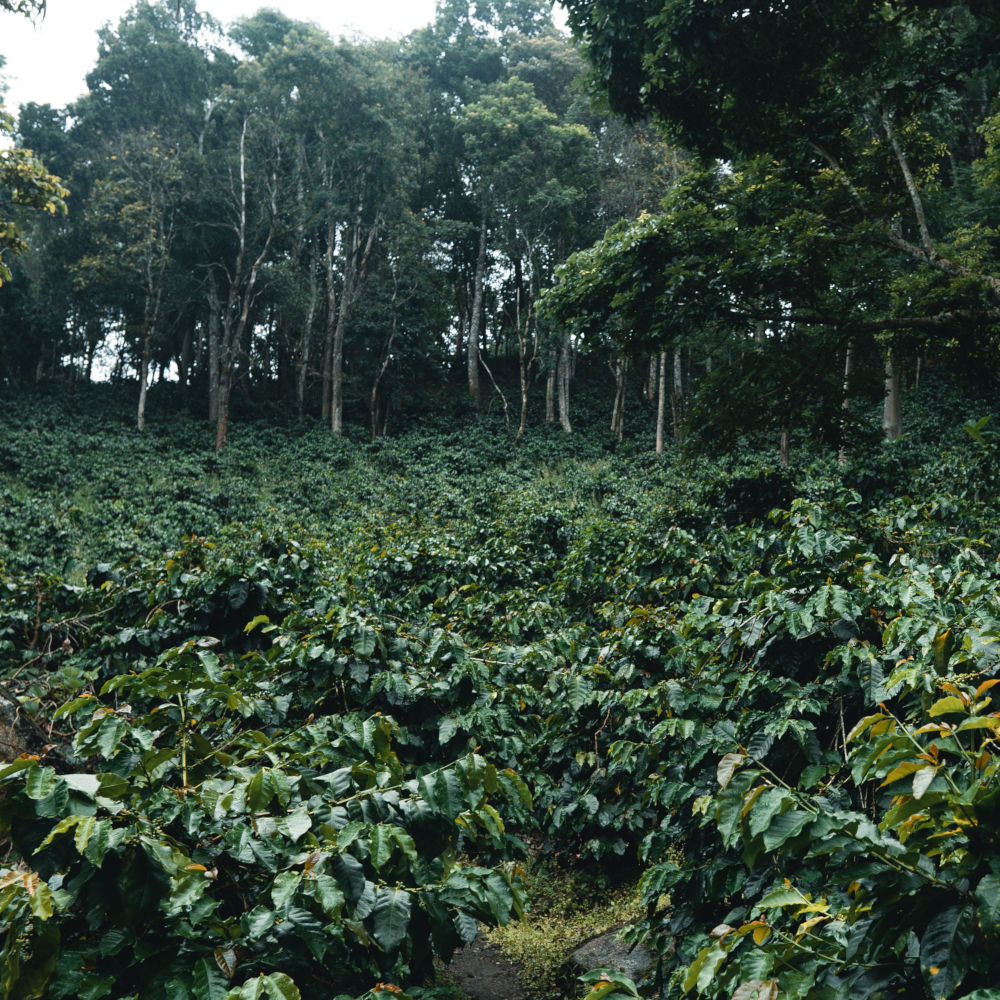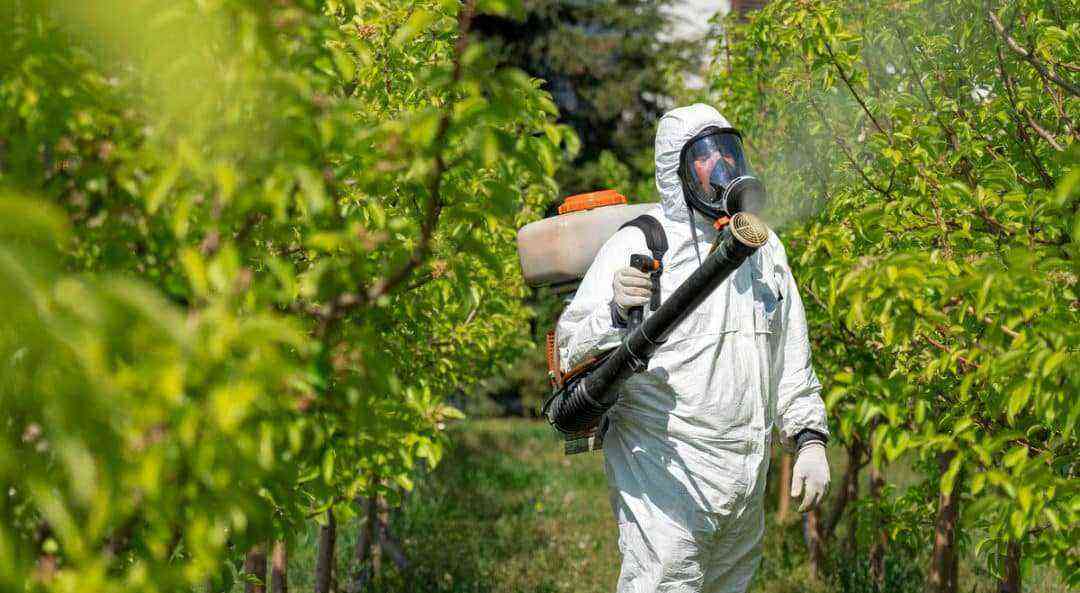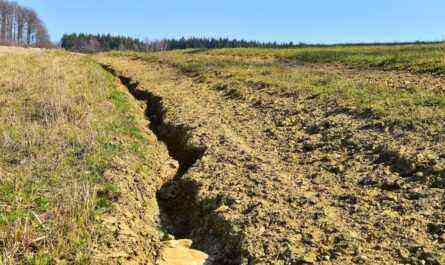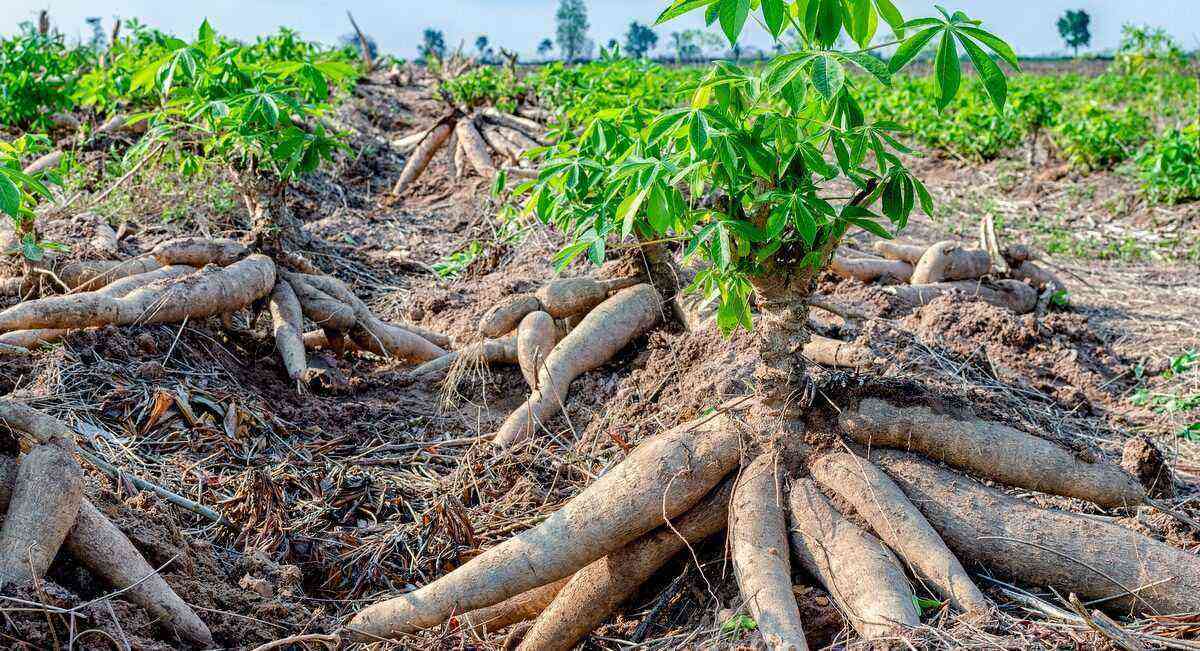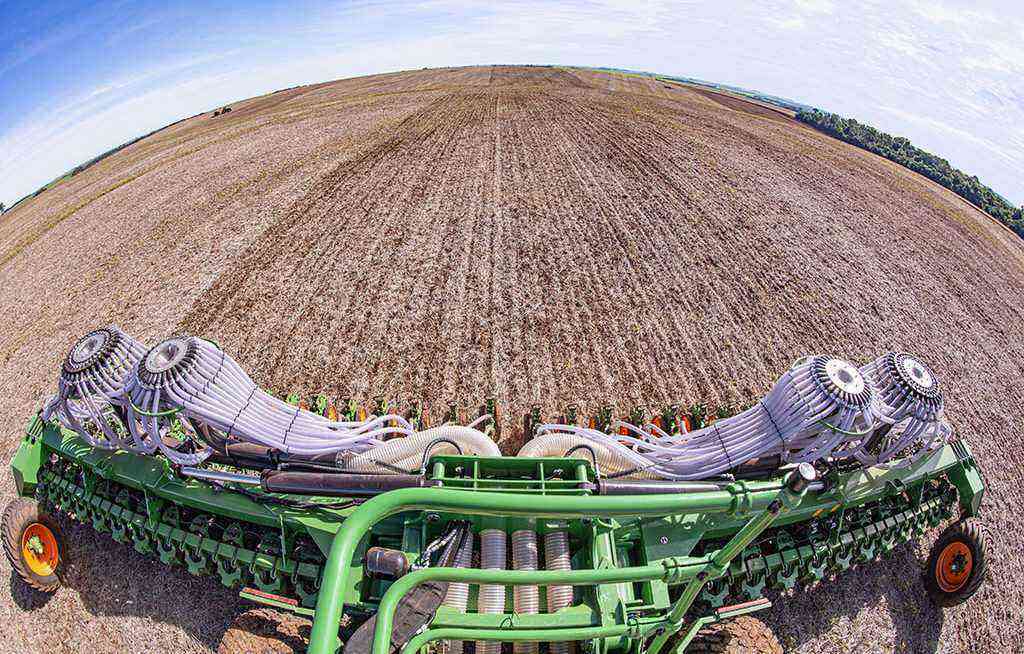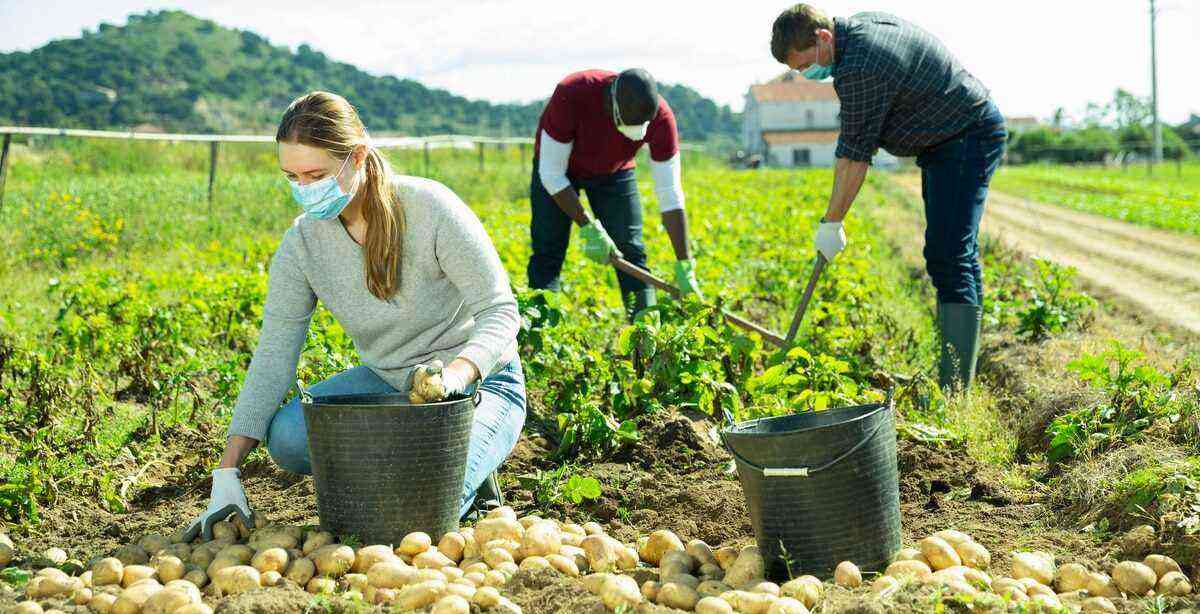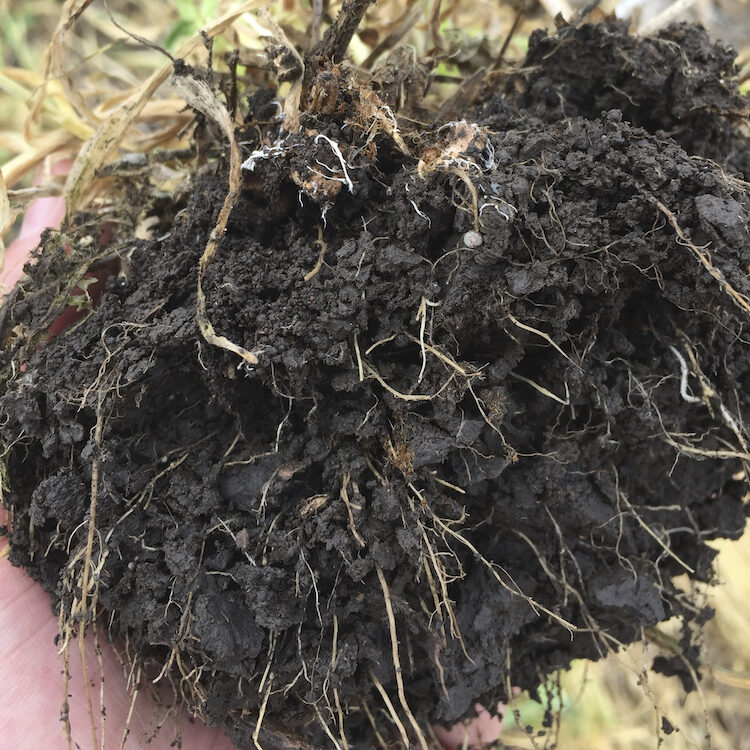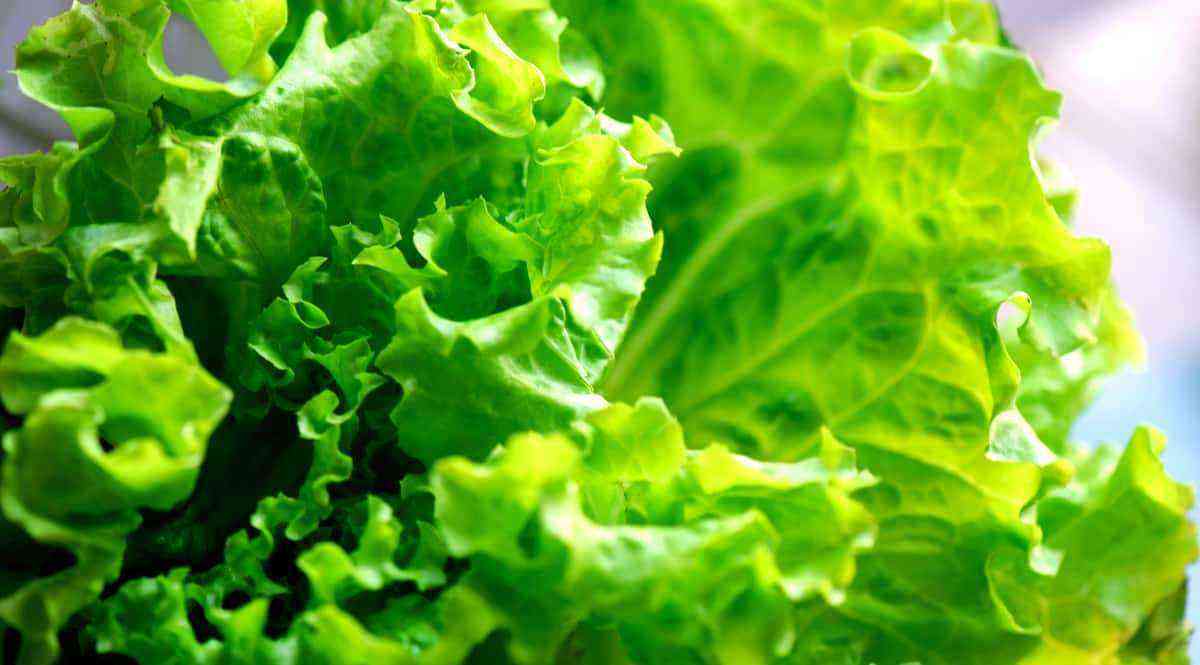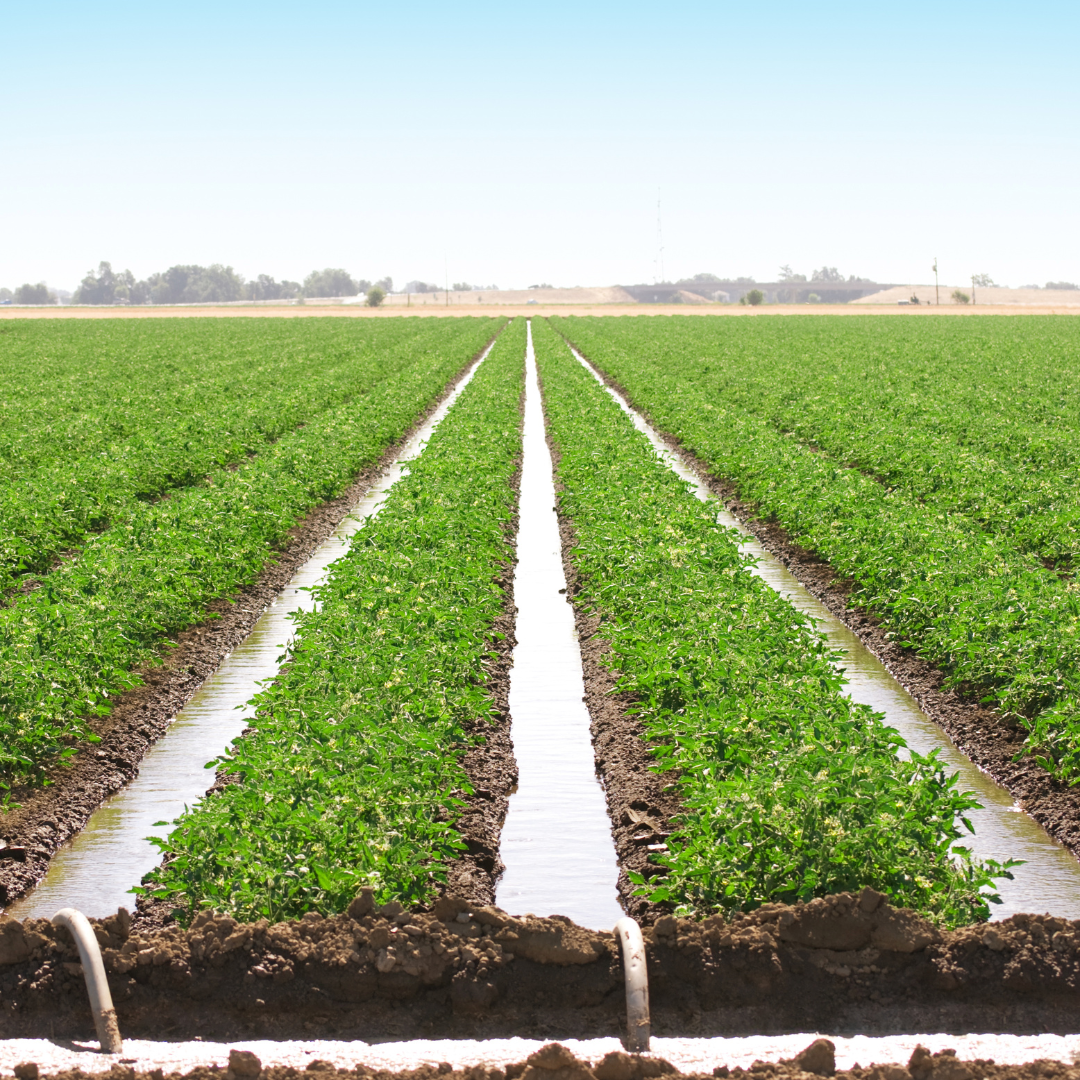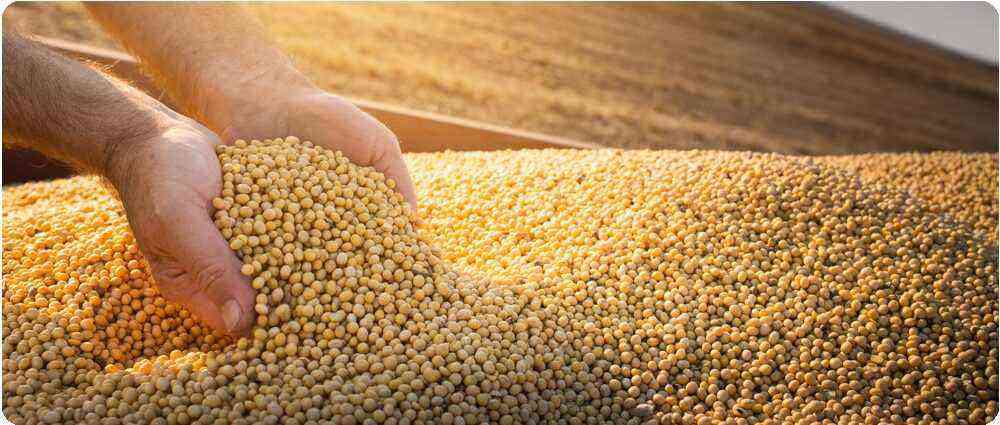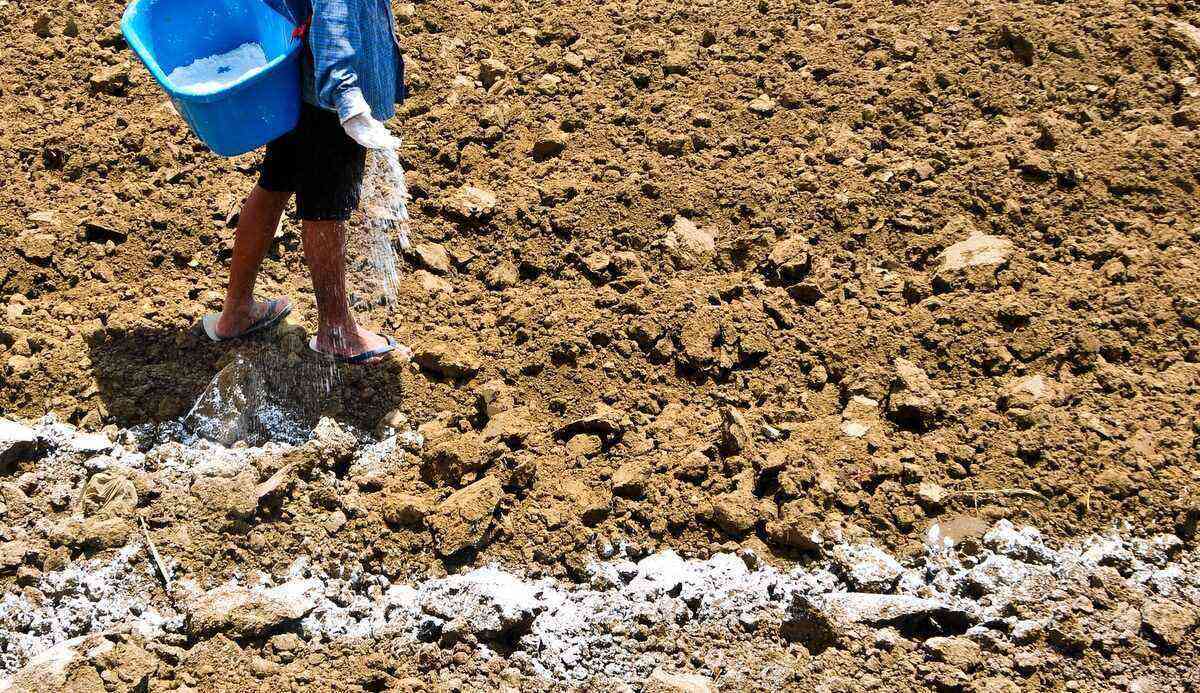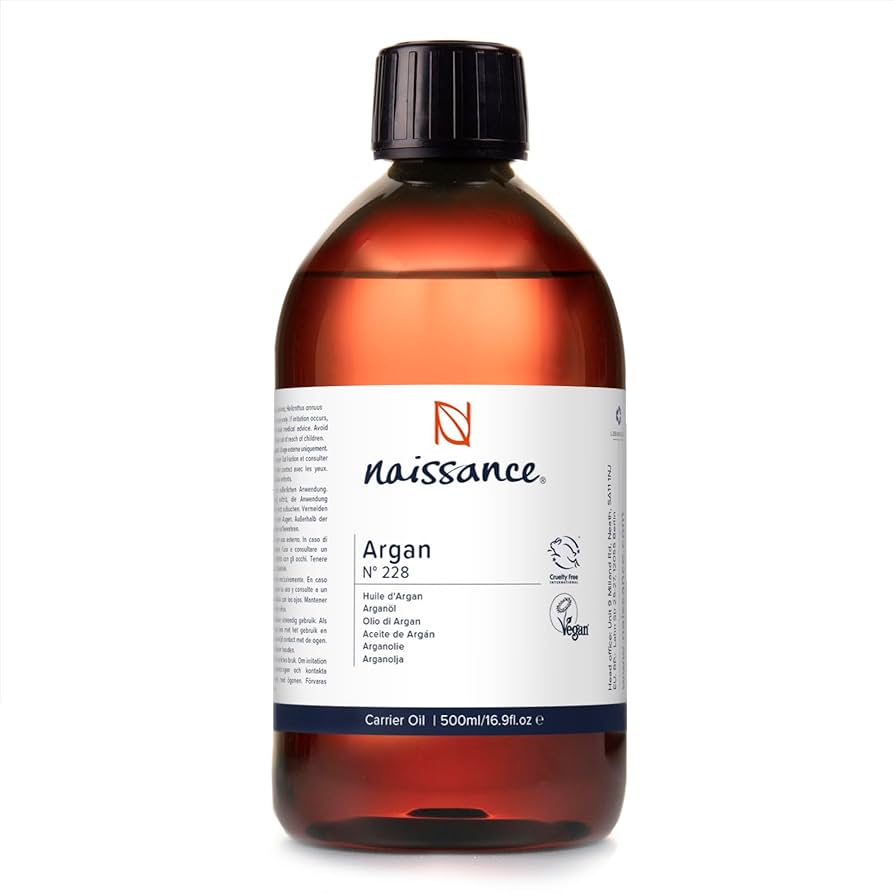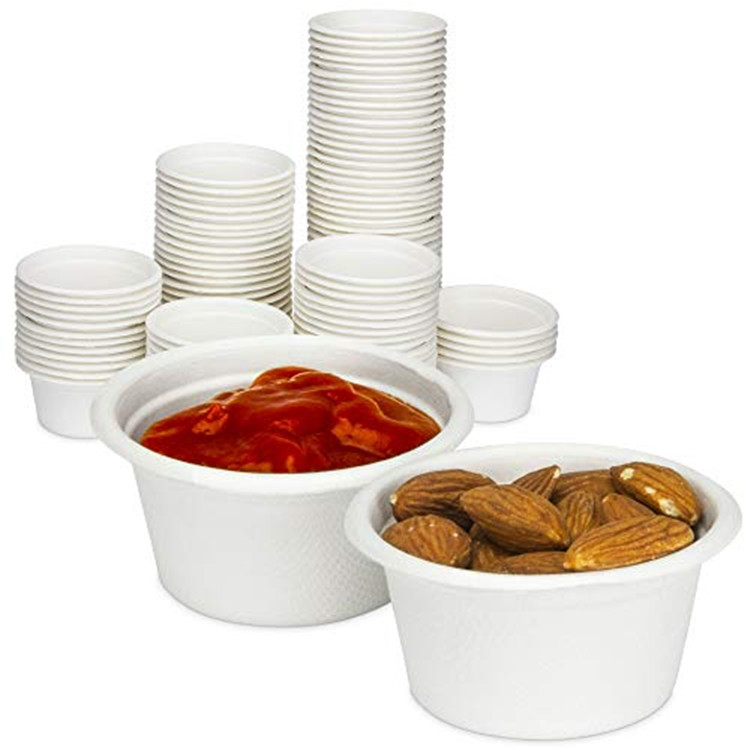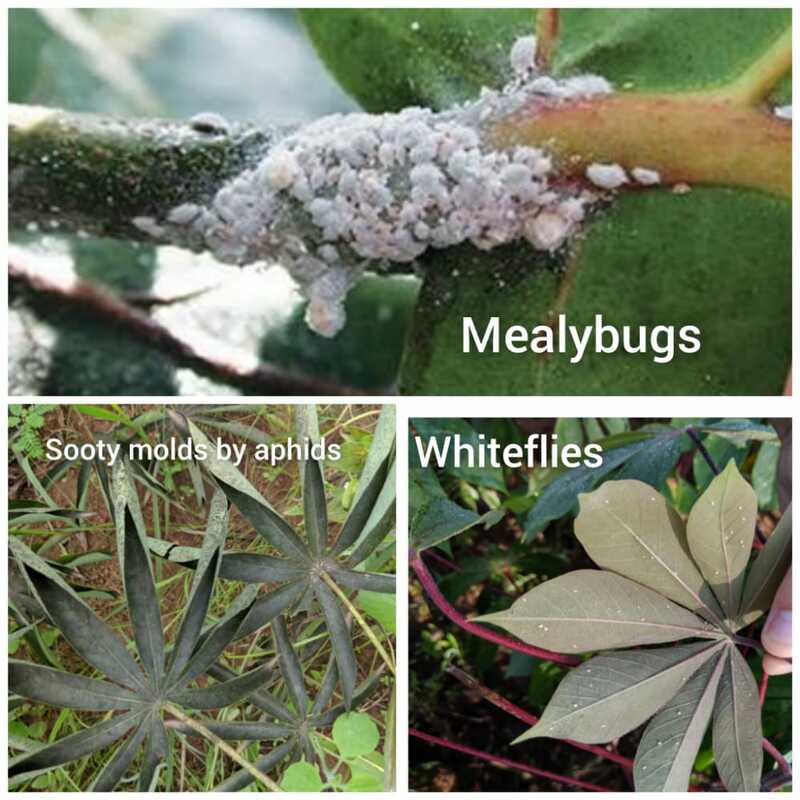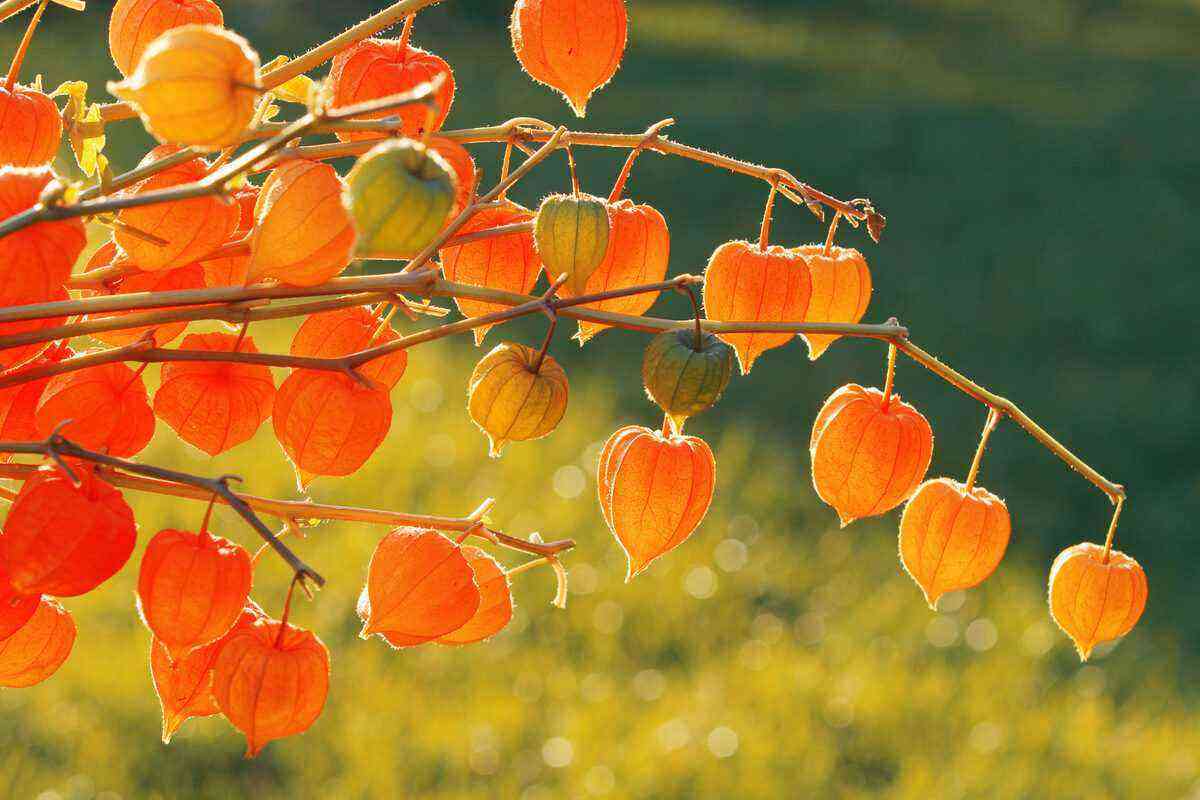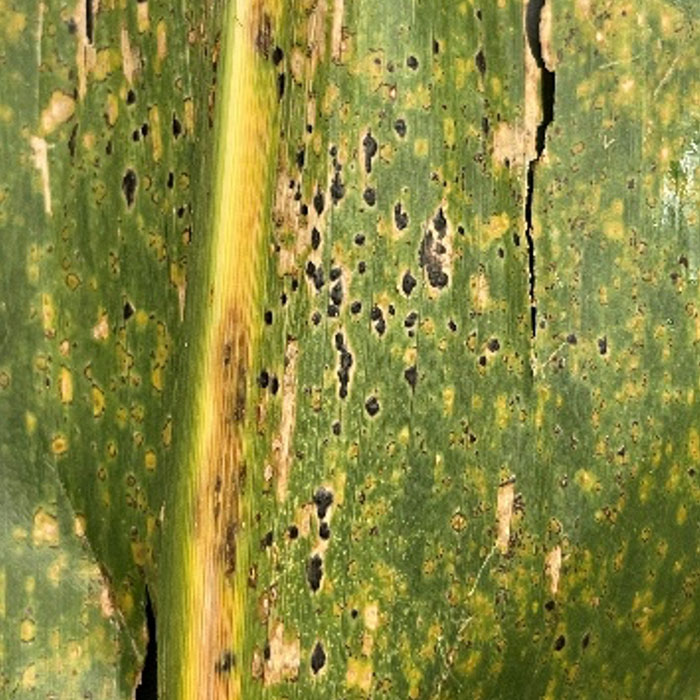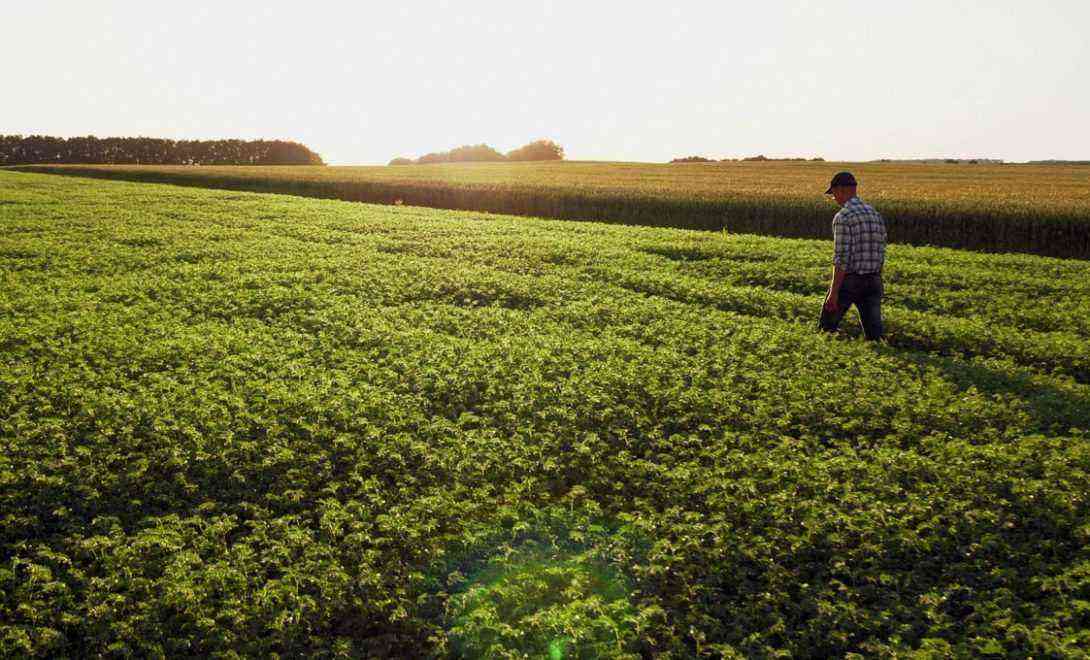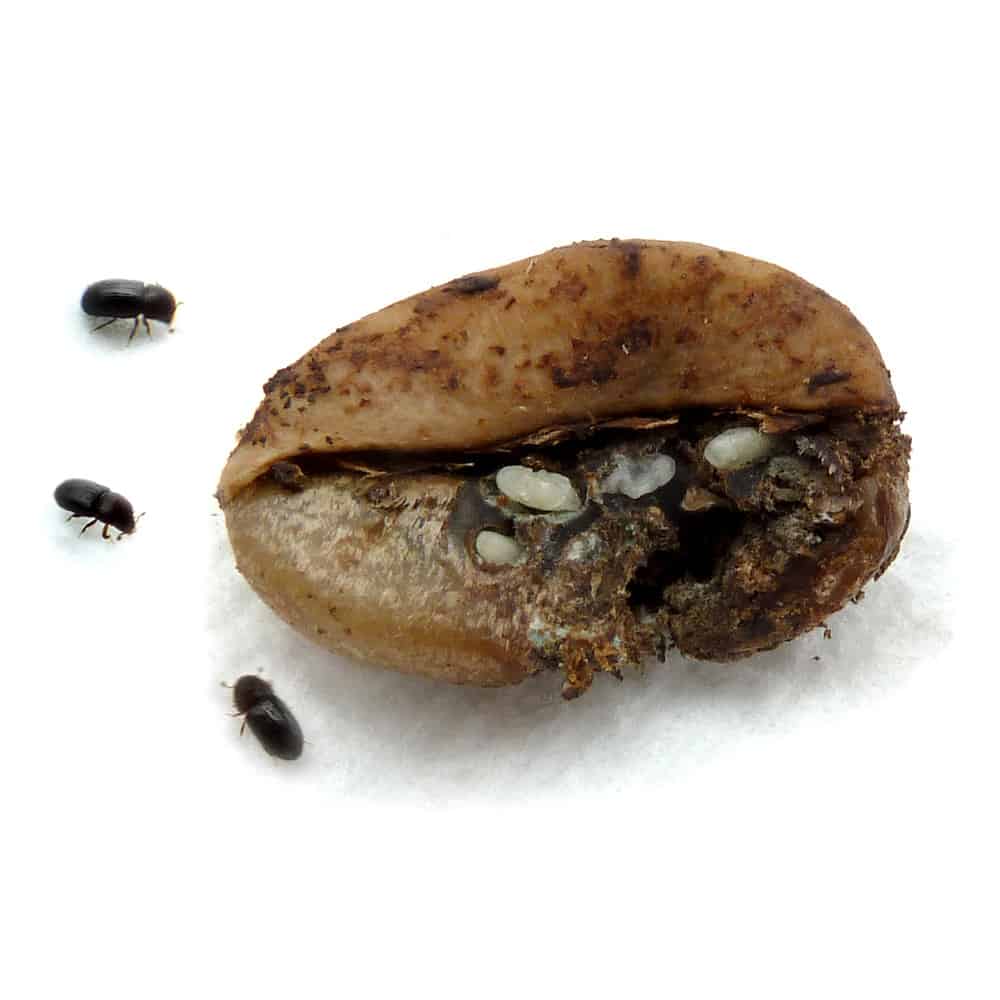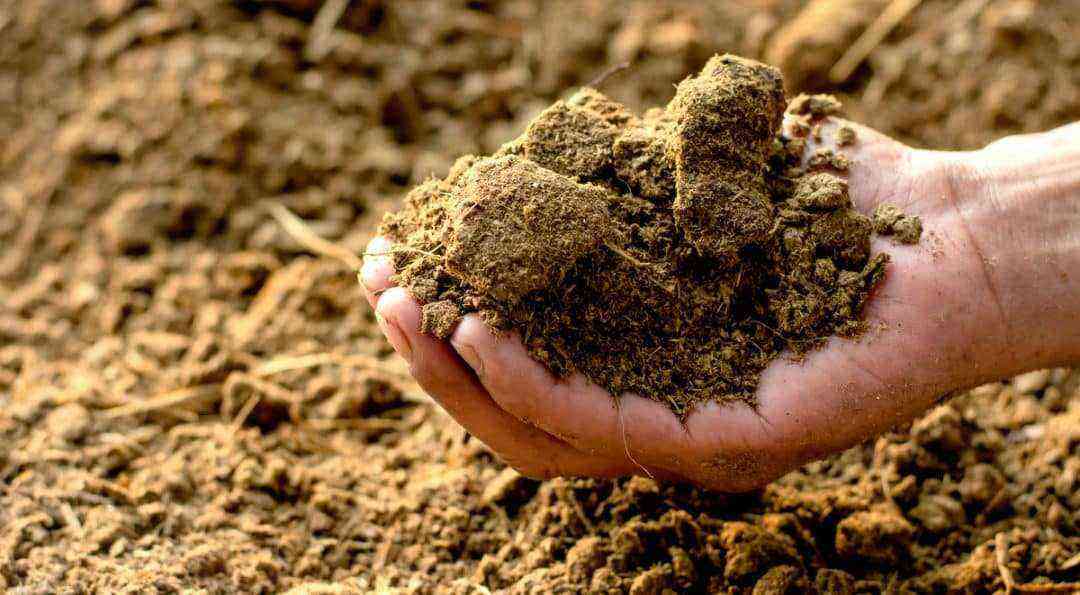Crop rotation is an important soil management and planting technique. It basically consists, according to specialists, of alternating different plant species in the same planting or agricultural area for at least one year.
It is a technique that brings several benefits, such as soil preservation and inhibition of disease-causing agents.
Would you like to know other benefits of crop rotation? In case of a positive answer, continue reading. Here, we present the main ones.
diversification of cultures
The main benefit is precisely the fact that it is a technique that makes possible the diversified production of crops.
Thus, it reduces dependence on the market and makes it possible to choose crops with greater economic value, resulting in increased profitability per area.
With this, you can, in the same area, produce corn, soybeans, sorghum, wheat, oats, among others that have a similar planting system.
Crop diversification also makes it possible to obtain greater productivity.
Benefits for soil improvement in crop rotation
Experts point out that crop rotation also promotes soil improvement. Thus, it makes it develop physical, chemical and biological characteristics capable of making it efficiently rich for agricultural production.
With crop rotation it is possible to improve soil properties for future plantings. There will be future benefits.
In other words, it is a technique that makes the soil capable of making most crops grow without any stalemate.
Reduction in the incidence of diseases
Another benefit that we can highlight in relation to crop rotation is that it is a technique that contributes to reducing the occurrence of diseases, pests and weeds.
They are, in general, harmful agents that increase the risk of the plant becoming sick, impairing its growth.
Agents, such as pests and weeds, are responsible for a good part of diseases and damages in plantations.
Crop rotation protects the soil
We can also say that crop rotation is a technique that allows the replacement of organic matter from the sun. It makes this area count again with properties that are capable of contributing positively to agricultural production.
The straw from the previous crop helps protect the soil, bringing numerous benefits.
In the crop rotation system, leaving the remains or straw from the previous crop helps to conserve the soil, protecting it from the adversities of the weather, in such a way that agricultural production becomes stable.
As we know, for agricultural production to be successful, it is necessary to balance climatic conditions. Too much rain can affect the development of a crop, as can high temperatures.
The ideal is to have agents who can collaborate so that your plantation grows in a healthy way.
Crop rotation is an important measure in integrated disease management, especially in the no-till system.
But, according to Embrapa, most grain producers in Brazil do not follow agronomic guidelines. In this way, he misses out important benefits to increase his production.
No video below, learn how to implement this practice in your production system:
Source: Embrapa
Increases the productivity of agricultural production
Finally, we can say that crop rotation is a technique that increases the productivity of your crop, making it develop and deliver more than one crop.
With this, it is possible to increase your income in relation to your plantation, obtaining, therefore, a good financial return.
With crop rotation it is possible to increase crop productivity.
As can be seen, crop rotation is not only a viable technique, but also recommended for those looking to obtain greater productivity in the agricultural production process.
In addition, it helps to preserve the natural properties of the soil. These are benefits aimed at modern agriculture.
To read other content like this, be sure to access our blog. In it we are always publishing articles and news that can make your day to day easier, as well as enrich your knowledge.
Read more: Understand the difference between liming and plastering

